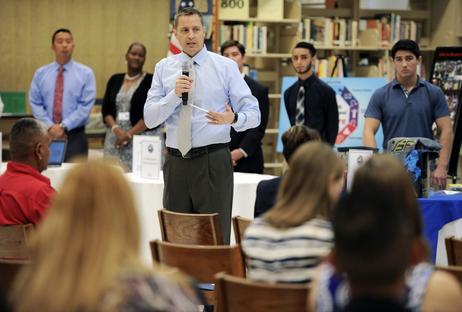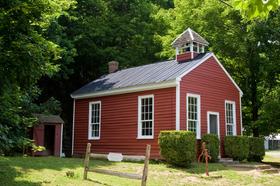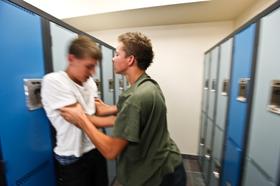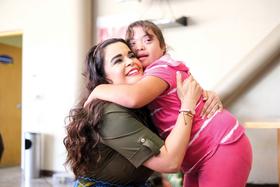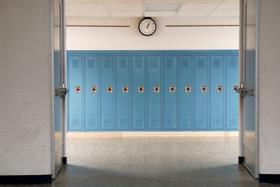In the United States, the typical kindergartener is five years old. If a child turns five in March or April of a given year, it is highly likely that he or she will start kindergarten the following September. However, for parents whose children鈥檚 birthdays fall in the latter half of the calendar year, the question of when to enroll a child in kindergarten becomes more complicated. The practice of 鈥渞edshirting,鈥� or delaying a child鈥檚 enrollment in kindergarten so that the child is slightly older than some of his or her peers, is common
As explained, American children are eligible to start kindergarten based on a birthday cutoff date that is determined by the state, or in some cases, by the local school district. Birthday cutoff dates vary greatly; the Times reports that in Indiana, a child must turn five by July 1 of the year he or she starts kindergarten, while in Connecticut, a child must turn five by January 1 of the year he or she is enrolled in kindergarten.
Although children are generally not allowed to enroll in kindergarten earlier than the cutoff date dictates, they are allowed to wait and enroll a year later if their parents so choose.
The practice of holding a child back so that he or she is slightly older than some of the other students in a classroom is known as 鈥渞edshirting.鈥� The popular Newsweek blog




